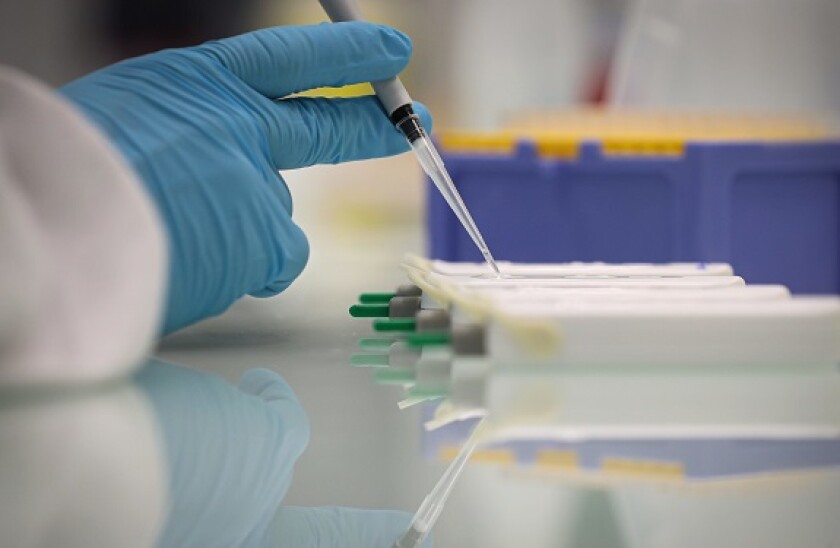"Burning Up; Warning: Internet companies are running out of cash — fast" wrote Barron’s in 2000 as the dot-com bubble neared its zenith.
20 years ago investors threw money at virtually anyone who owned a website in the hope that they would somehow start making money once someone else figured out how the so-called "new economy" worked.
It turned out that it worked a lot like the old one and investors lost their shirts when the companies they bought failed to earn anything like the sums needed to justify their valuations.
Speaking of burning up, today it is the red hot biotech sector that has lured the speculators and desperados looking for epic returns.
Like early internet stocks, pharmaceutical R&D burns through a lot of cash with scant chance of success. But unlike the heady days of the late 1990s web pioneers, that risk is known which makes the clamour for biotech look even more worrying.
Genetics and biotech companies have made up a huge part of global equity capital market activity this year. In the Americas and Asia issuance has increased to 12% of the total supply volume year-to-date, up from around 7% for the same periods in 2018 and 2019. Biotech ECM issuance itself is also up 163% year-on-year.
For new companies seeking to list the numbers are also impressive.
The volume of biotech IPOs printed year-to-date is up by 146%, when compared with last year. Biotech deals have made up 16.9% of all IPO issuance in the Americas and EMEA, up from 5.6% last year.
Late last Friday, Freeline Theraputics, the UK gene therapeutics company, joined these companies by filing to list in the US on the Nasdaq, the exchange favoured by high-growth tech firms.
Many of these firms have garnered such investor interest that even seasoned biotech specialist investors cannot get hold of primary shares.
Huge demand in the secondary market is also propelling stocks to new highs. UK firm Synairgen has risen 550% since Friday after it announced it had received positive results from a clinical trial for a drug treating symptoms of Covid-19.
While fighting Covid-19 is clearly going to be beneficial for a company’s share price, all biopharmaceutical stocks have benefitted from increasing investor focus on health in general, as a result of the pandemic.
The Nasdaq biotechnology index is up 20% year-to-date, dwarfing the performance of the S&P 500, for example, which is up 0.4% year-to-date.
The sector is clearly one where the potential rewards are huge. A breakthrough drug can earn a company billions winning investors huge windfalls.
But these are speculative investments. They lack profits — and even saleable products — in the early stages and there is a high risk of failure should drug trials fail or regulatory approval be refused.
Clinical trials can produce sub-optimal results and even then, winning regulatory approval, particularly from the US Food and Drug Administration, can be a long and torturous affair with an uncertain outcome.
Such failures turn a much-lusted after biotech pioneers into little more than shell companies with no future earnings capability.
Even if there are only delays rather than outright failures on the road to product approval, the vast sums of capital required for development can scupper the whole business.
The rise of Synairgen stock on positive news from a clinical trial, is just one example that sector is in danger of becoming a bubble. Synairgen will need to undergo more trials, which could produce different results sending the stock tumbling from its new highs should those results be less favourable than the first.
For specialist investors in biotech stocks who appreciate the speculative nature of these investments, it might be a risk worth taking. They will factor those risks into the prices they pay and the hedges and diversification they put in place.
However, generalist investors should remember the dot-com era and be wary of a loss making sector where valuations are soaring, however tempting the prospect of picking the few companies that achieve success.
For those lucky enough — and it will be a matter of luck — to back the Amazon of biopharma, there will be countless more that end up owning the Pets.com pups that fall terminally ill.

